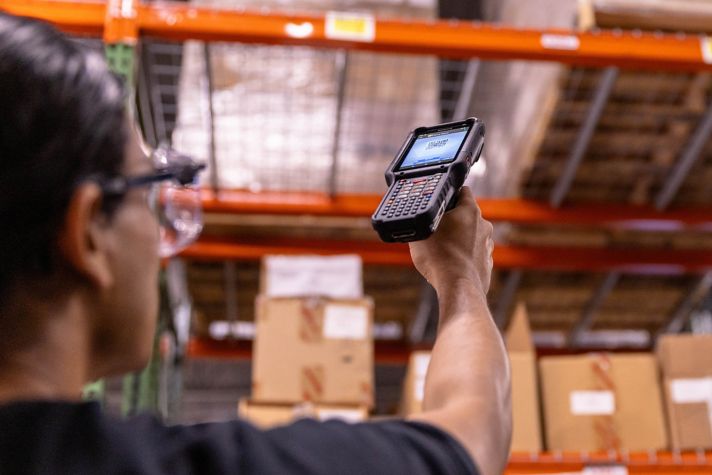What you’ll learn in this article:
- The operational gaps that challenge hospital resilience, from disjointed systems to limited visibility
- How integrated safety and security systems can enable faster, more coordinated emergency responses
- Discover how post-incident data analysis can help improve future preparedness and reduce risk
Healthcare never hits pause. Hospitals must function under pressure, adapt in real time and deliver consistent and high-quality care even when the unexpected happens. Whether a power failure, severe weather, cybersecurity threat or a staffing shortfall, hospital facility managers need more than backup plans. They need built-in resilience to protect patients, staff and critical physical and digital infrastructure. Even the most experienced hospital administrators face resiliency challenges, including disjointed systems that slow emergency coordination and response; limited visibility which may leave decision-makers in the dark during critical moments; manual processes that can delay action; and aging infrastructure that is often harder to monitor, maintain and modernize. But true resilience means closing these gaps before an emergency exposes them. By integrating life safety and security systems, hospitals can shift from reactive to proactive operations and respond more effectively, without compromising patient care.
Honeywell’s Connected Approach to Resilience
Honeywell unifies safety and security systems so that hospital facility administrators gain visibility and seamless coordination across departments, buildings or even entire campuses. Instead of guesswork, hospital teams are notified quickly so they can act decisively to protect patients and staff and maintain operations. Honeywell’s platform helps hospitals move faster and more confidently in the face of disruption by addressing critical operational gaps:
- Unify disconnected emergency systems: Honeywell integrates alarms, access control, surveillance and communication tools into a cohesive platform to support coordination and faster emergency response.
- Facilitate rapid, clear communication: Honeywell enables smooth information sharing between clinical teams, facilities staff, third-party security and first responders, eliminating delays.
- Deliver clear, actionable alerts: Automated, prioritized alerting ensures the right personnel receive clear, timely notifications, helping prevent miscommunication and reduce inaction during high-pressure events.
- Support uninterrupted patient care: Honeywell’s integrated response workflows help teams manage incidents efficiently while maintaining continuity of care, ensuring safety without compromising clinical operations.
- Centralize data and strengthen post-incident response: Built-in data analytics and reporting tools provide detailed insights to refine emergency plans, accelerate audits and reduce reputational and operational risks.
Turning Response Into Long-Term Resilience
Emergency response doesn’t end once the immediate threat is over. The ability to analyze what happened — and how teams responded — is key to improving future outcomes.
Honeywell’s systems collect and analyze data during and after incidents, generating post-event reports with clear, actionable insights. By evaluating response times, system performance and coordination, hospitals can continuously refine protocols, improve training and reduce future risks.
Explore how Honeywell’s connected safety and security solutions help hospitals respond faster, operate smarter and build lasting resilience
85% of hospitals have increased investment in emergency preparedness since COVID-19.
— American Hospital Association




